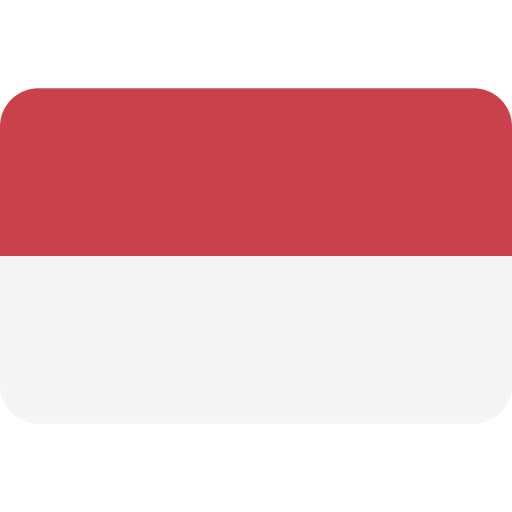
By: Drh Yayuk Kholifah
Functional: (First Veterinary Medic)
The nutritional requirements of cattle vary depending on breed, age, whether the cattle are in lactation or not, and also on the weather conditions. Cattle can thrive on various types of feed as long as the feed contains sufficient nutrients and is provided in appropriate amounts.
When raising beef cattle, what farmers are essentially doing is transforming forage into meat. Pasture grass, hay, bran, or meal from various agricultural materials all become energy to maintain body warmth in cold weather, support growth to adulthood, enable reproduction, and increase body weight. There are five types of nutrients required by cattle for survival and development: energy, protein, vitamins, salts and various minerals, and water.
The majority of livestock's energy requirement comes from carbohydrates. Sugars and starches are simple carbohydrates typically found in feed grains like corn and rice bran. These are easily digestible sources of feed, with high energy content. On the other hand, hay and grasses are rich in cellulose, a complex form of carbohydrate. This makes them harder to digest compared to substances like starch or sugar. However, ruminant animals have the ability to digest cellulose in their rumen, so high-cellulose feeds can provide sufficient energy for their basic needs. Apart from carbohydrates, fats are also a high-energy source, though fats are not easily digested by ruminant animals and should not exceed 5% of the total feed content.
The energy content in feed is usually expressed as the percentage of total digestible nutrients (TDN). TDN is higher and more concentrated in cereal feed compared to fiber-rich forages like grass or hay.
Protein supplies the materials for muscle, bone, blood, various organs, skin, fur, hooves, and milk production. If animals are provided with more protein than needed, excess nitrogen will be used as an energy source and the remainder will be excreted in urine. Since high-protein feeds are more expensive than other types, overfeeding animals with protein content higher than their requirement would result in losses.
Vitamins are needed in small amounts but are crucial for livestock health and growth. Grass, for example, contains high levels of carotene, which can be converted by animals into vitamin A and stored in the liver. Other types of vitamins are obtained from feed or synthesized during digestion, except for vitamin D, which is essential for bone growth and mineral balance. Vitamin D is synthesized through the action of sunlight on the skin. Animals rarely lack vitamin D, except for those kept in constantly dark enclosures.



